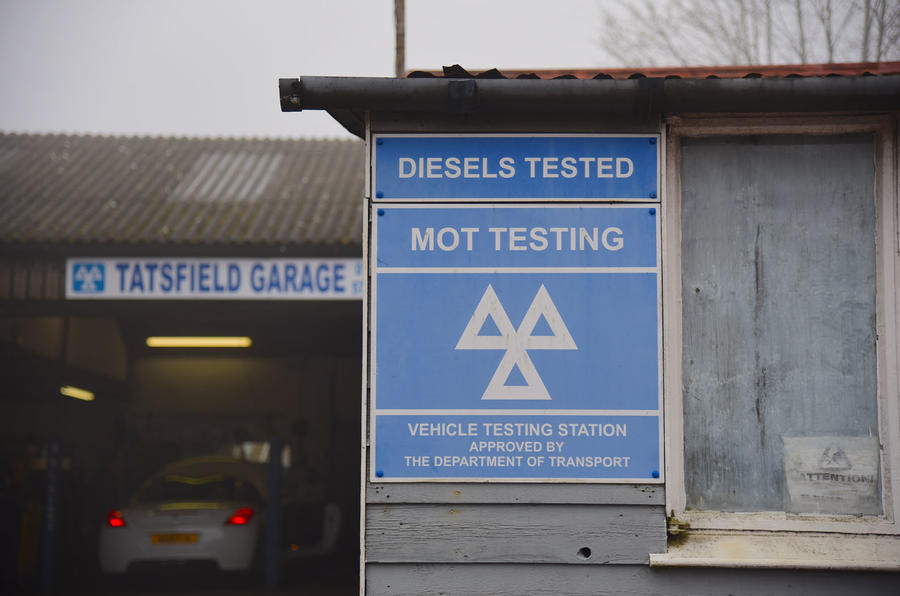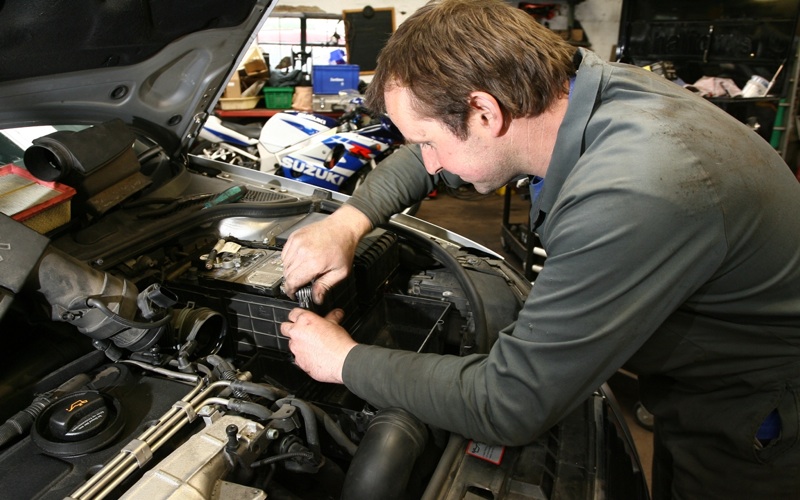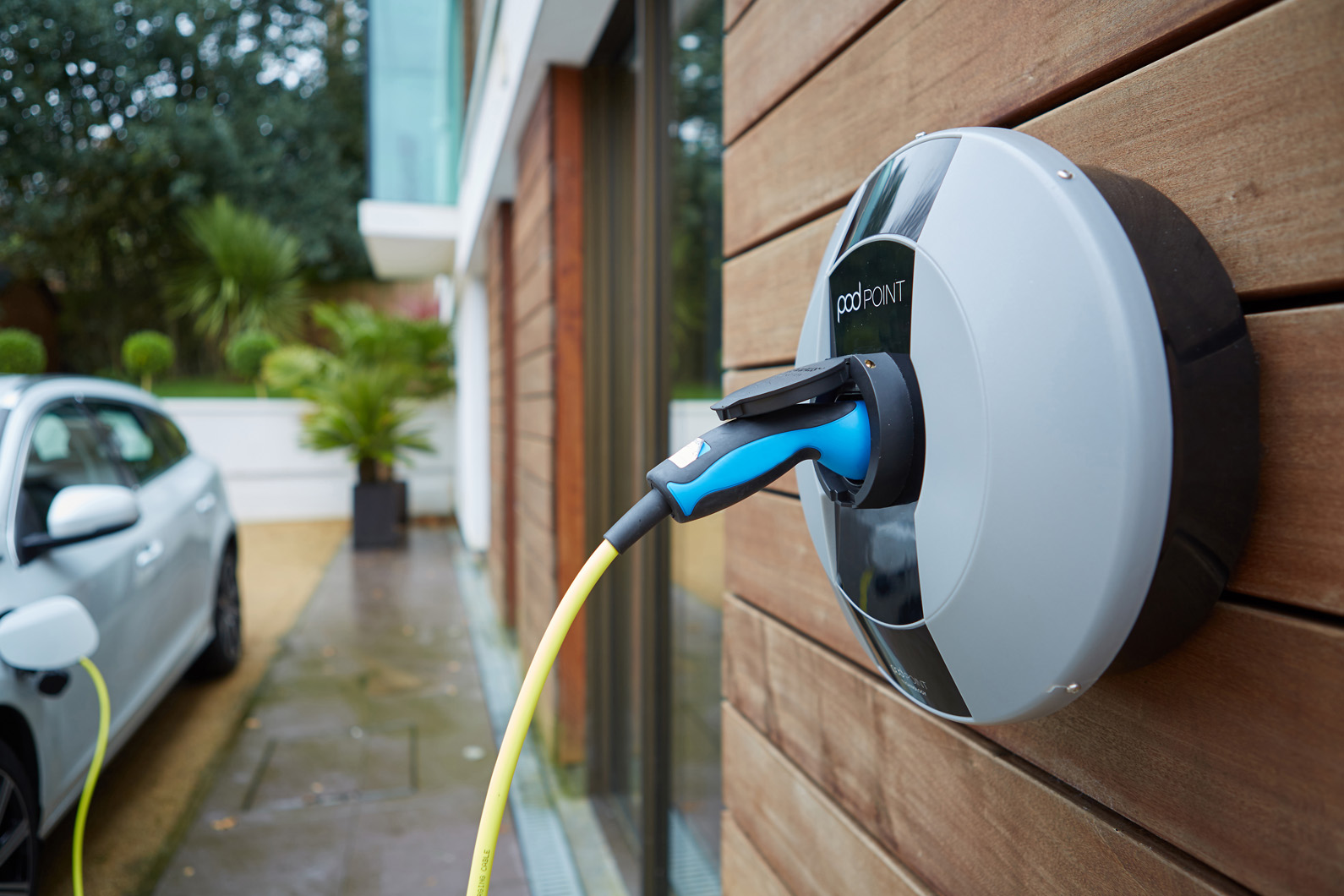Mark Blinston, commercial director of BM Catalysts, examines the potentially harmful effects created by the use of SCR technology in modern day diesels
Talk of emissions is never far away as of late and it seems that the problem isn’t set to go away any time soon. From CO2, particulate matter and the infamous NOx, there is another potential emissions problem looming on the horizon in the form of ammonia pollution.
Whilst Euro emissions standards continue to tighten in response to the ongoing emissions crisis, with the current Euro 6 legislation being the strictest set to date, it is apparent that not everything is quite as it seems.
With tighter emissions requirements comes the need for new vehicles to incorporate technologies designed to combat these emissions. Technologies such as Selective Catalyst Reduction (SCR) are just one method used today on modern diesel vehicles that aim to help eliminate the harmful NOx gases they emit. However it seems that everything comes with its consequences. Despite the use of SCR technology being hailed as one of the greatest and most effective feats to date in helping to tackle the NOx crisis, it doesn’t come without flaws of its own.
SCR systems work by a process of a Diesel Exhaust Fluid (DEF) being injected into the exhaust system. As exhaust gases travel between the Diesel Particulate Filter and the SCR, the DEF (most commonly ‘AdBlue’) that has been added to the mix works by reacting with the base metal coating of the catalyst, converting harmful NOx gases into less harmful by-products, nitrogen and oxygen. The DEF used in this process is comprised of urea and deionised water, otherwise known as a less concentrated form of ammonia. Whilst DEF is a non-hazardous liquid, its gases, under the wrong circumstances, can be extremely harmful.
The function of SCR technology can only be fully utilised under appropriate conditions, such as the optimal operating temperature of around 350-450°C being achieved, by which it can help reduce NOx emissions by as much as 95%. However when placed in conditions such as built-up urban areas comprised of low speeds and heavy traffic, this isn’t always possible, which can lead to further complications aside from NOx pollution. It is possible that under such circumstances of low efficiency, the ammonia which is continually injected into the system may not be used entirely leading to what is known as ‘ammonia slip’. This is where excess ammonia exits the system and is expelled into the atmosphere, thus further adding to pollutant levels.
The rise of ammonia in the atmosphere has already seen an increase of 3.2 per cent between 2015 and 2016 according to UK Government figures, which also coincides with the implementation of the Euro 6 emissions standards. This indicates that, whilst the fight against NOx rages on, the increased use of the technologies required to help combat them, in this case SCR, may be posing further emissions concerns. As SCR technology continues to become the go-to choice in new diesel vehicles for its proven NOx reducing capabilities, it begs the question of what impact the rise in ammonia pollution is going to have on both us and the environment. It is clear that whilst positive changes such as the steadily declining atmospheric NOx levels are taking shape, there are other factors that also need to be taken into consideration before it’s too late.











This Article is very informative and above comment too, I agree that diesel fumes are not that must harmful but ammonia is also a good option, Thank you for sharing this informative article.
We hear about diesel being bad, can someone point me to a person that has died from diesel fumes and I mean has died from diesel fumes and not diesel fumes may have contributed to the death of this person.
Can you kill yourself with diesel fumes? (it would take a while)
Can you kill yourself with petrol fumes? (yes in minutes).
Which is the most dangerous, one that may harm you or one that will kill you?
We have direct injection petrol vehicles that are said to be clean, but it seems these produce smaller particulates than diesels.
These direct injection petrols are said to achieve MPG figures close to diesel engines, can you tell which these are?
The Ford ecoboost in the Fiesta and Focus are getting around 38mpg in real life Cornwall, a 1.2 tdi Polo around 65MPG.
(engines on ecoboost last around 50,000 miles it seems).
Petrol vehicles are clean as they have catalytic converters fitted we are told. When do these actually work in real lift traffic? They seem to be ok as long as we are driving at a steady cruising speed, ie not using the throttle pedal for any gain in momentum of this petrol vehicle.
So in the busy towns and cities where stop and start driving take place 95 percent of the time, does the catalytic converter actually work?
Can someone tell me if we are concerned about the emissions of vehicle then why ecu tuning is allowed, they have now stopped DPF removal services.
Why are we allowed to fit parts not homologated to the vehicle when is was new (and had to pass homologation)?
Tyres, brakes, fuel, oil, total weight, weather conditions all come into this.
Why are vehicle now made so heavy? Remove all the systems not required to operate the vehicle and surely this would help burn less fuel and help emissions.
I could go on but have work to do so one last question.
Aftermarket catalytic converters, how can these meet the true homologation standard?
They are around 1/3 of the size of homologated units they weigh very little, the packaging is normally heavier than the contents and they last the emission test of a MOT test (ok the vehicle will have other problems) but even if it does not they do not last,(known here as a MOT cat or car sales cat).
Dieselgate, these manufacturers have been told to pass a test and they do, maybe the rule makers should have giving them rules to abide by.
Why no Petrolgate as we all here stories of manufactures switching off systems with updates as in the real world these system do not work correctly or give bad driving experiences.
Is the real reason the diesel engine is bad is because the fuel tax revenue is half of the petrol tax revenue?
Let us run petrol hgv’s, and see the price of food rocket
Let us use petrol vehicles and construction equipment for crossrail and see the cost of this project go up by 10 times (it going to save us 20 minutes) we could get out of bed earlier.
Lets run the trains on petrol and see the fare price rocket.
Online purchase and delivery cost would double as the delivery vehicles would be petrol
Holiday travel price would rocket.
The price of beer in pubs would increase as the transport would be petrol
Eating out would be more expensive as delivery cost would be more
Parts price from factors would increase as the vans would be petrol (or you may have to meet them down the road as the charge in their electrical vehicle has run out), Remind me how did they charge them batteries (no emissions from there then)
18-20 percent of the pollution in cities is caused by vehicles should we not be more concerned with the other 80-82 percent?
What is the cause of this pollution?